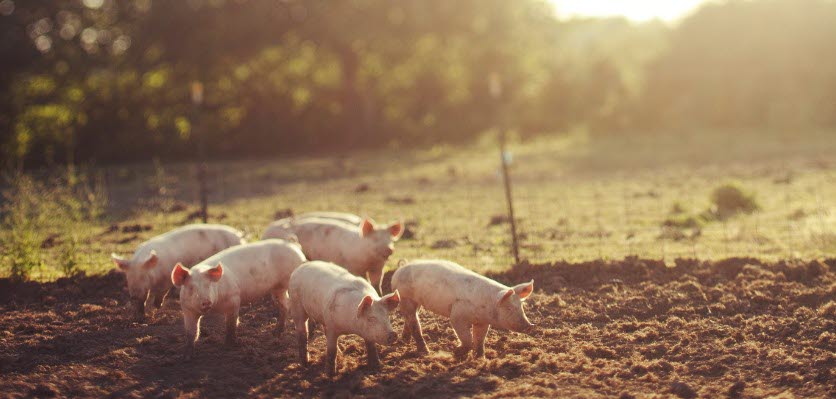
An outbreak of African Swine Fever is sweeping through China. This is the first occurrence of this disease in Asia outside of Russia. African Swine Fever is a viral disease of pigs and is exotic to Australia. The disease causes high fevers and often results in fatalities. Management of the disease is challenging because it spreads very easily, and there is no treatment and no vaccine available. The Chinese pig industry is experiencing the devastating effects of this disease. The situation in China changes on an almost daily basis, and outbreaks are being reported in widely geographically dispersed locations.
The outbreak in China has the attention of the global animal health industry, global bodies including the FHO (Food and Agriculture Organisation of United Nations) and OIE (World Organisation for Animal Health) plus governments both in Australia and internationally. Asia houses approximately 65% of the worlds pig population, with approximately 50% in China. As the Chinese government attempts to control the spread and ultimately attempts to eradicate the disease, there will be a significant impact on Chinese pig production. This will likely have flow-on effects for the international demand for pork and other animal protein.
Australia derives significant competitive advantage internationally through freedom from many exotic diseases, including African Swine Fever. However, this advantage is only a strong as our biosecurity systems are to protect it. Based on genetic similarities of the virus isolates, the disease is likely to have spread through the movement of people and/or uncooked pork products from Russia. Preventing incursion of this disease is key for Australia. This requires vigilance from all our biosecurity systems and adequate investment from state, territory and Commonwealth governments to ensure we maintain optimal response readiness.
Attempts to control the disease in China also highlight the critical importance of traceability throughout supply chains. Traceability is a key topic for discussion at October’s Animal Health Australia meeting, where leaders will gather from Australia’s animal industries, the Australian Veterinary Association and the Chief Veterinary Offices of Australia’s state, territory and Commonwealth governments. The example of this outbreak represents a compelling reason to move to a nationally consistent traceability system in Australia.
Veterinarians play a pivotal role in the layered protection of Australia’s biosecurity. As essential members of the farm advisory team, they assist producers to produce, review and maintain biosecurity plans and practices on a farm that minimise the risk of disease incursion on a farm and maximise the chance than any disease incursion will be identified and contained at the earliest possible point. Throughout their daily work, veterinarians in clinical practice are also critical in the identification, diagnosis, and management of disease on a farm, including being vigilant to the potential for exotic disease. If an incursion makes it past the border, it is critical that it is identified at the earliest possible point. Veterinarians are also involved in the protection of Australia’s biosecurity throughout the state, territory and Commonwealth governments and at the highest levels in international organisations. Australia’s Chief Veterinary Officer, Dr. Mark Schipp, is the President of the World Organisation for Animal Health (OIE).
While the potential for the incursion of African Swine Fever into Australia represents a risk, the situation also presents an opportunity for Australia’s agricultural exporters. With the loss of supply from China, international demand for pork protein is likely to increase. The resultant market forces also create an opportunity for improved export performance of other animal protein as price considerations respond to supply and demand forces for pork.
For Australian producers, it is important that they review their biosecurity and animal welfare plans with their veterinarian to ensure that they are in the best position to manage risk and take advantage of opportunities in export markets.
